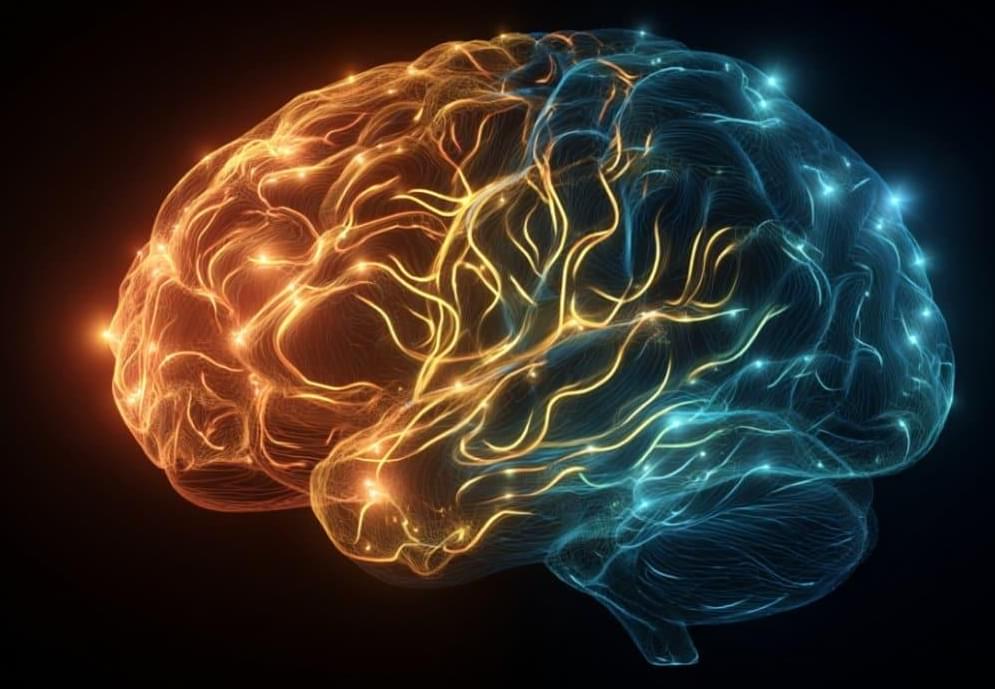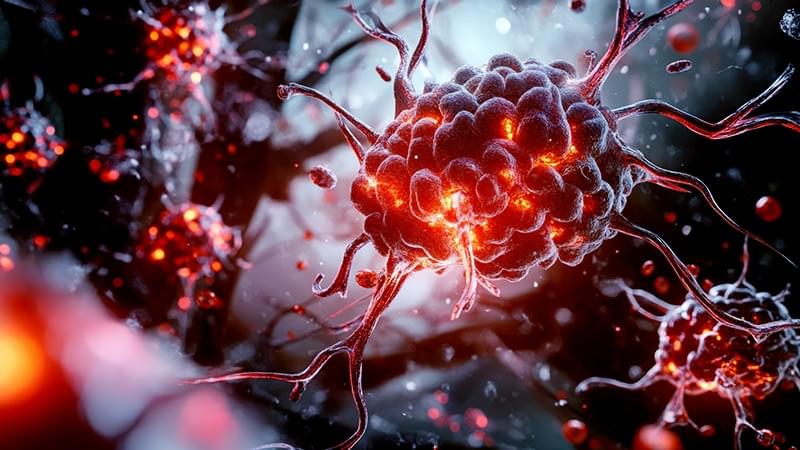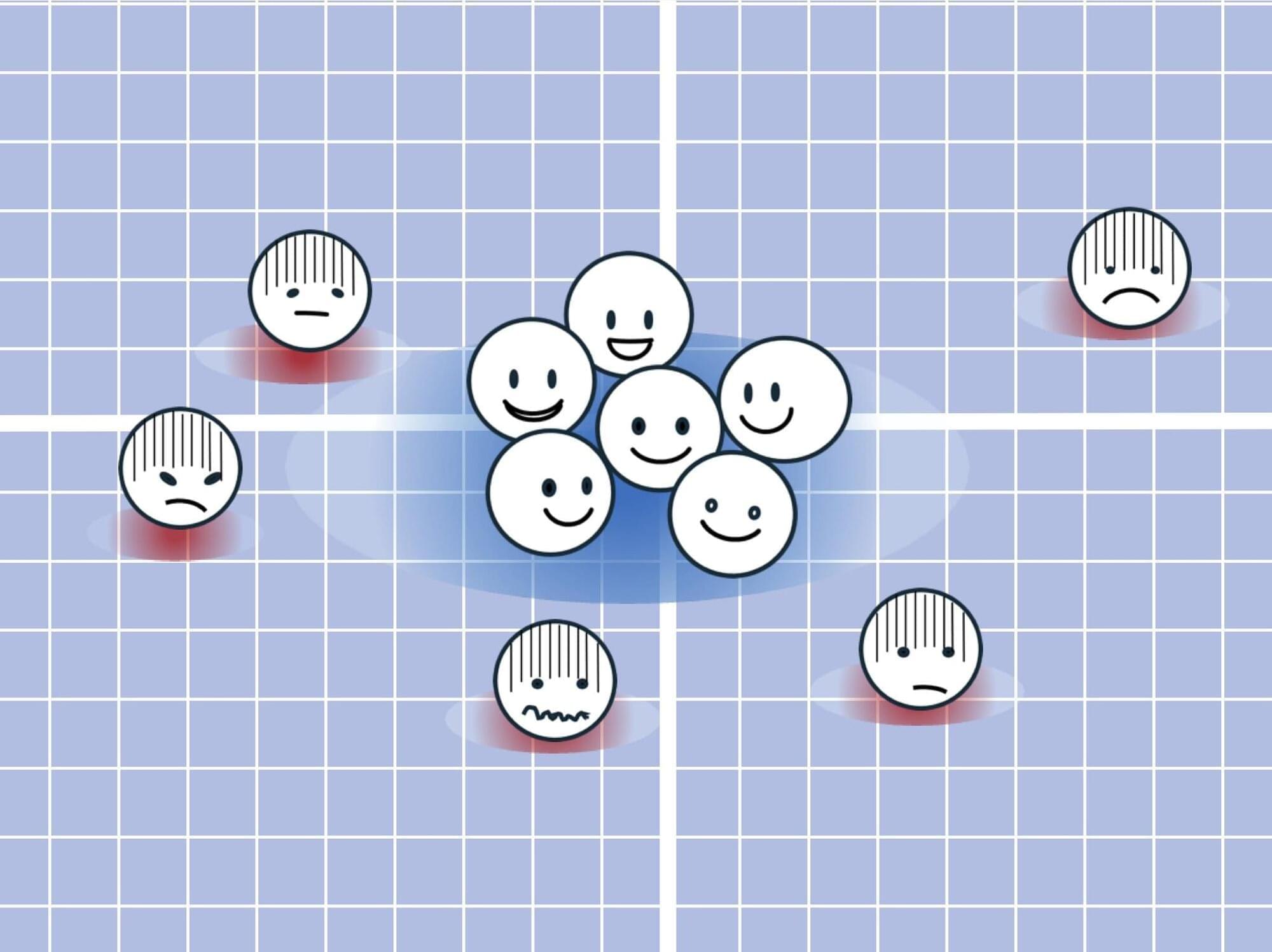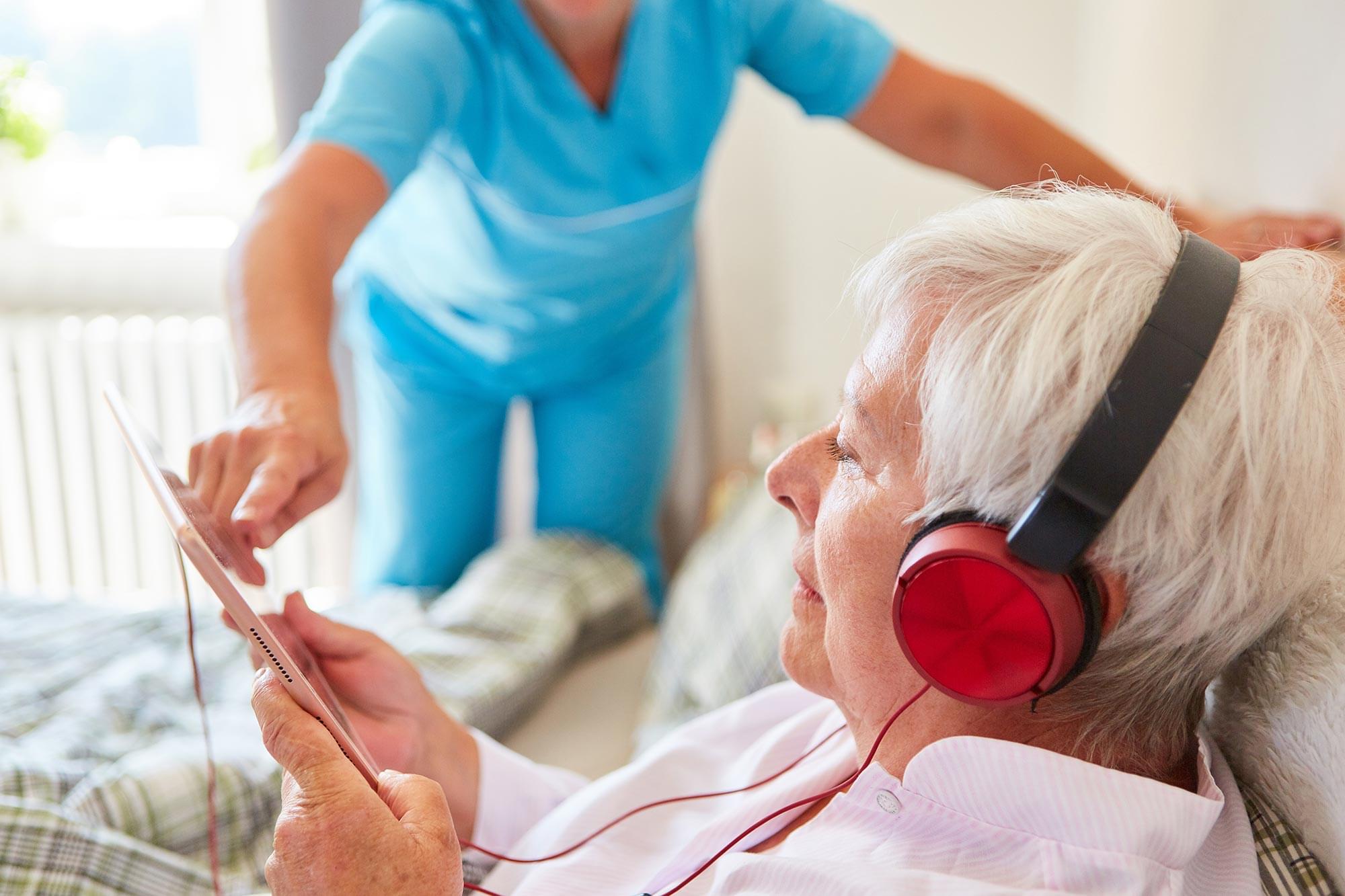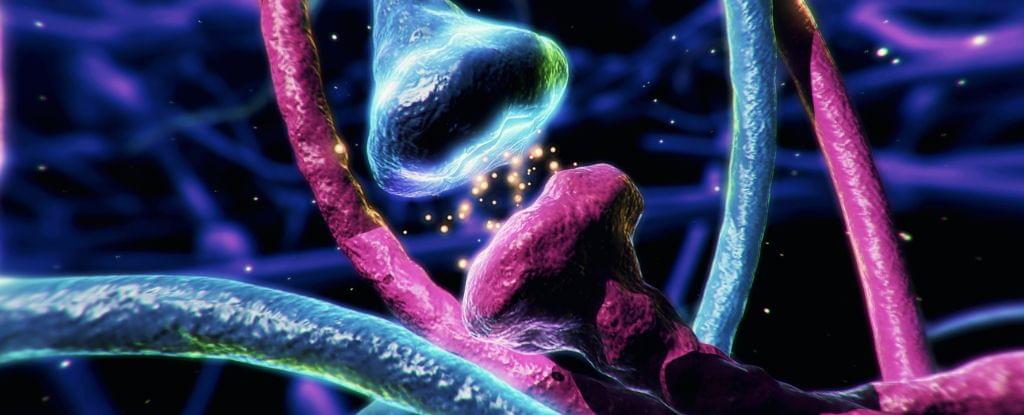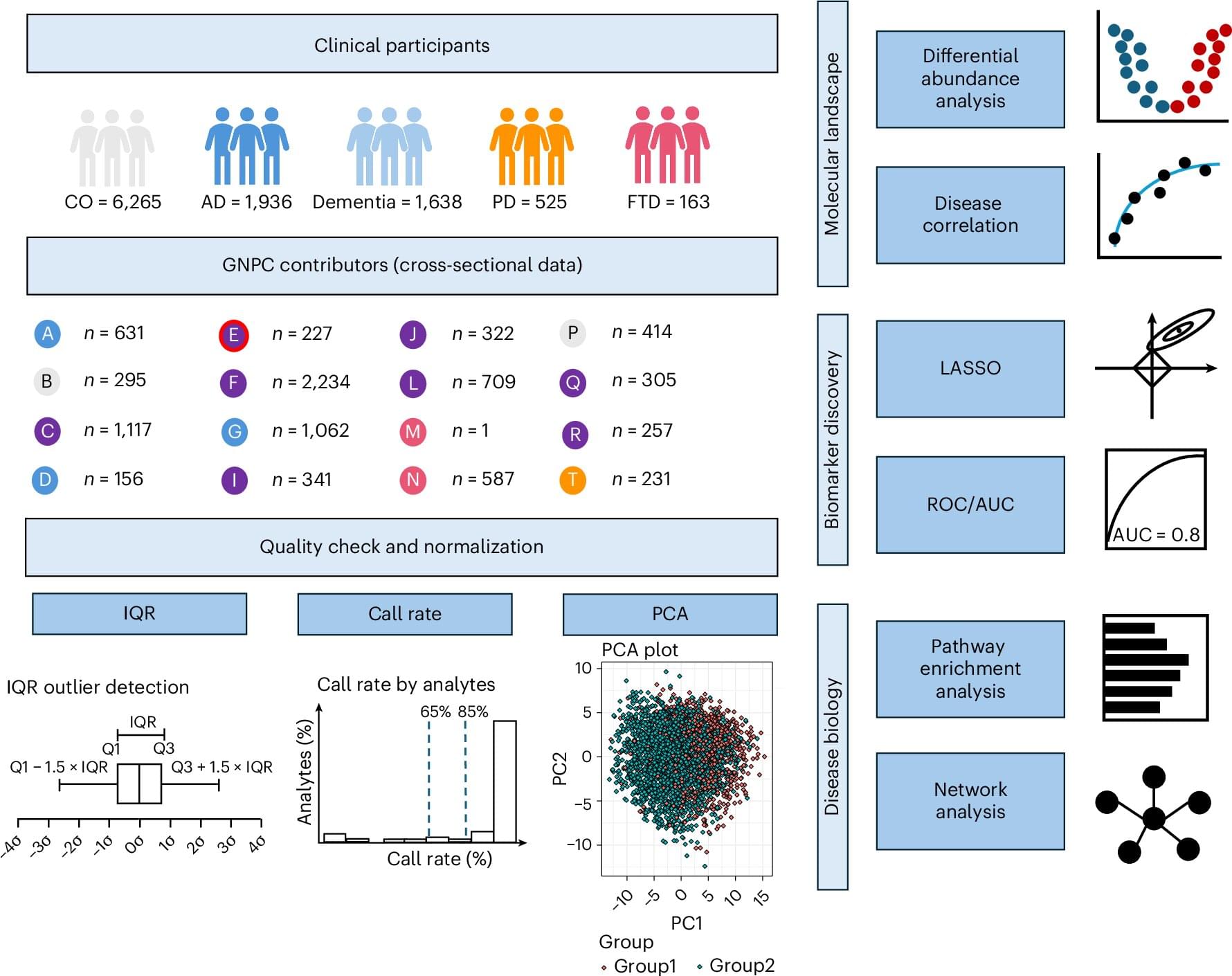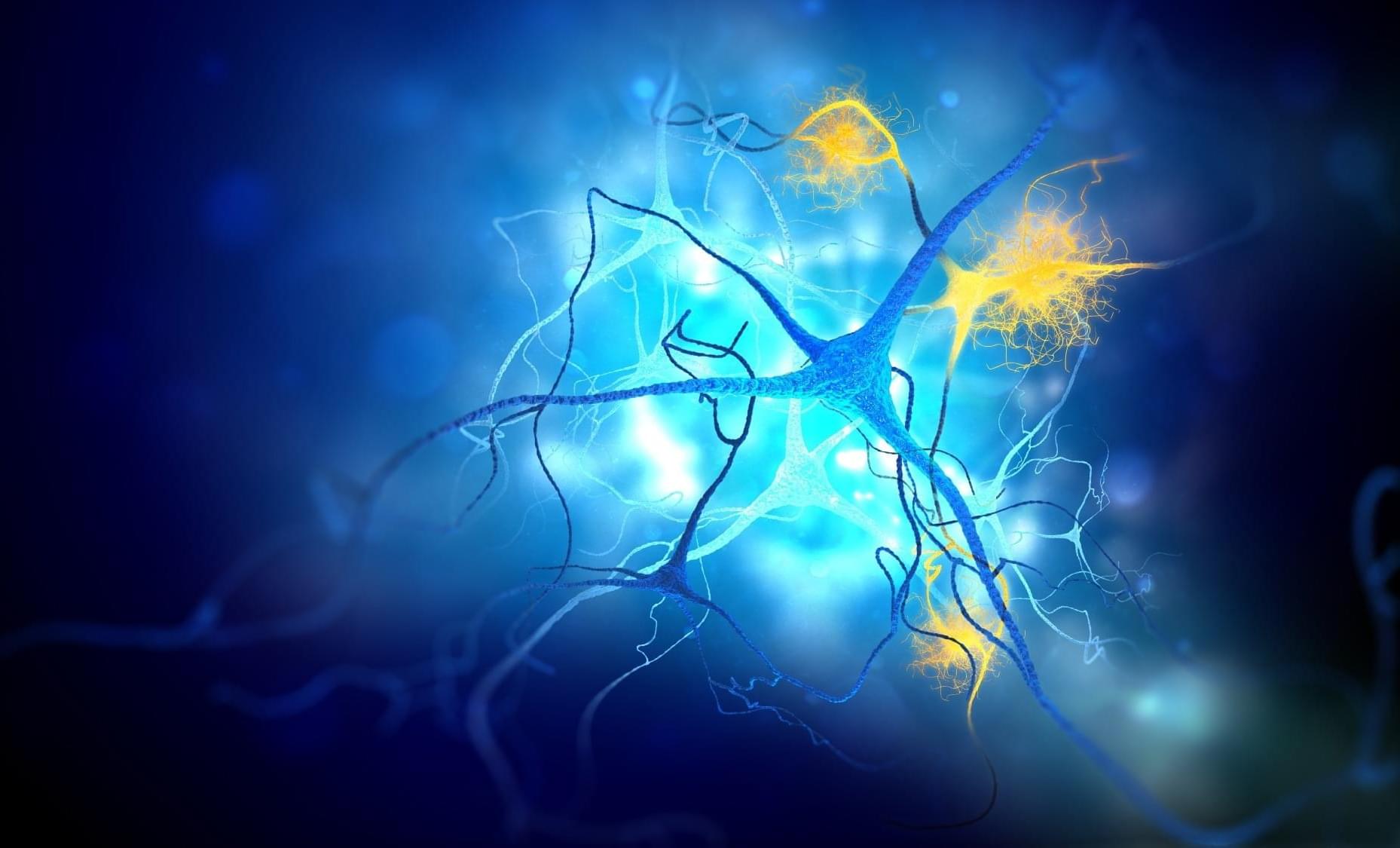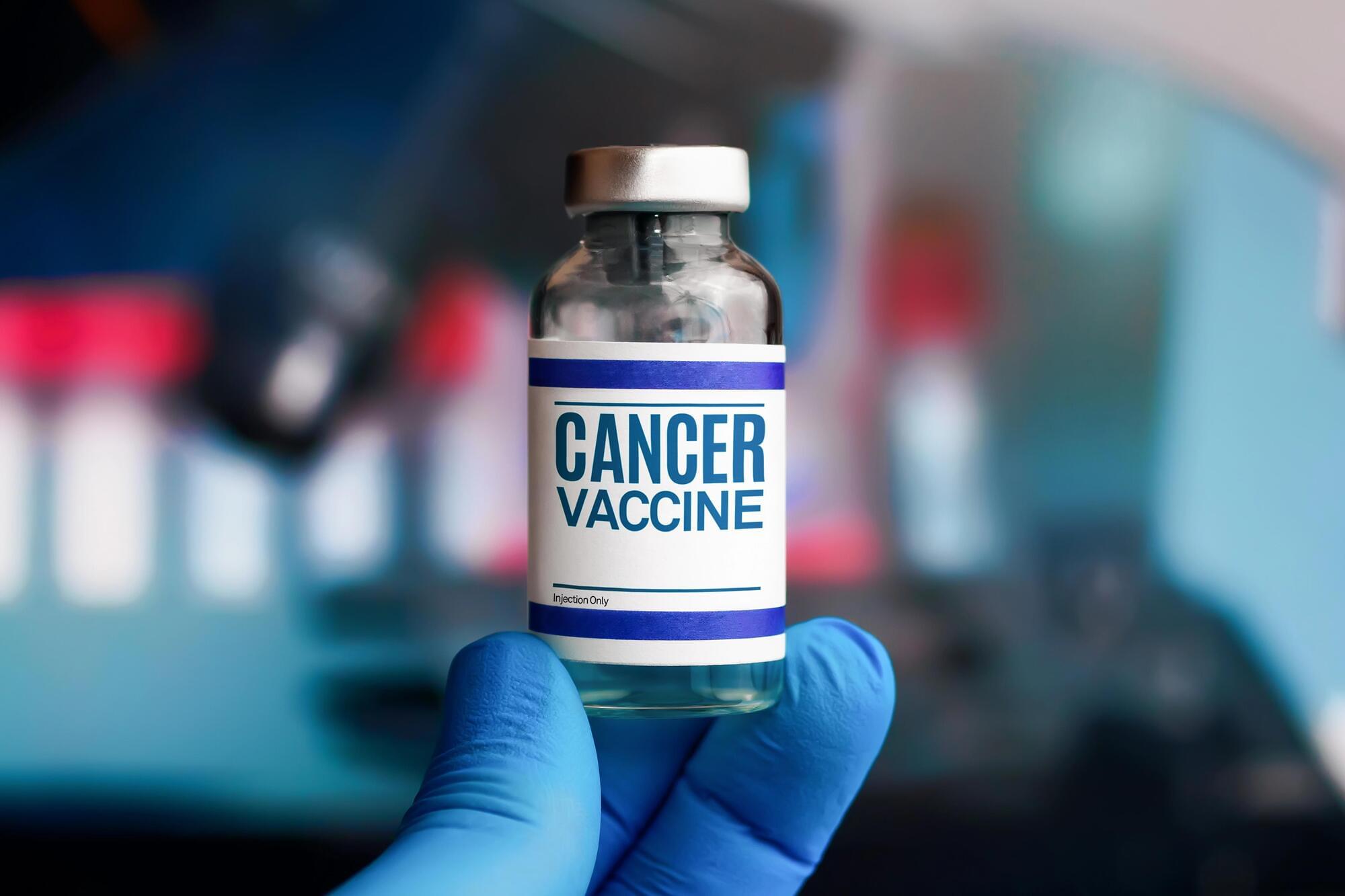Psychopathy is often associated with impulsivity, aggression, and antisocial behavior. While past studies have focused heavily on how different brain regions function in people with psychopathic traits, less is known about how these regions are structurally connected. Structural connectivity refers to the physical links between brain areas—similar to the brain’s wiring system. The researchers aimed to go beyond earlier work that focused only on specific brain circuits and instead look across the entire brain to identify any structural patterns linked to psychopathy.
The researchers were especially interested in understanding whether structural differences in the brain might explain the relationship between psychopathic traits and externalizing behaviors. Previous models have suggested two possible brain-based explanations for these behaviors. One theory emphasizes problems in how people process emotional threats, while another highlights difficulties in attention control. Both theories have some support, but no study had comprehensively examined how structural brain networks might connect psychopathy with real-world behavioral problems.
The research team analyzed data from 82 young adults who participated in the Leipzig Mind-Brain-Body study. All participants were screened to rule out medical or psychological conditions that might affect the results. Psychopathic traits were assessed using a questionnaire designed to capture both interpersonal-affective characteristics (like manipulation and lack of empathy) and behavioral traits (like impulsivity and rule-breaking). Externalizing behaviors were also measured with a separate questionnaire that included items on aggression, defiance, and similar tendencies.
Each participant underwent high-resolution brain imaging using diffusion MRI, a technique that maps the white matter tracts—essentially the brain’s wiring—connecting different regions. The researchers used a method called connectome-based predictive modeling, which relies on machine learning to identify patterns in the brain’s structural connectivity that relate to individual differences in behavior.
This method allowed them to identify two kinds of networks: positive networks, where stronger connections were linked to higher psychopathy scores, and negative networks, where weaker connections were related to those same scores. They also tested whether specific connections within these networks helped explain the relationship between psychopathic traits and externalizing behaviors.
The results showed that psychopathic traits were significantly associated with both stronger and weaker connections in different parts of the brain. The positive network—made up of connections that increased with psychopathy—was better at predicting psychopathic traits than the negative network alone. But when both networks were combined, the prediction became even more accurate.
Many of the connections in the positive network were located within the brain’s frontal and parietal lobes, which are involved in decision-making, emotional processing, and attention. These connections included pathways like the uncinate fasciculus, which links the frontal cortex with areas involved in emotion, and the arcuate fasciculus, which supports language and auditory processing. Other connections involved the cingulum bundle, associated with emotional regulation and social behavior, and the posterior corticostriatal pathway, which plays a role in reward processing and learning.
